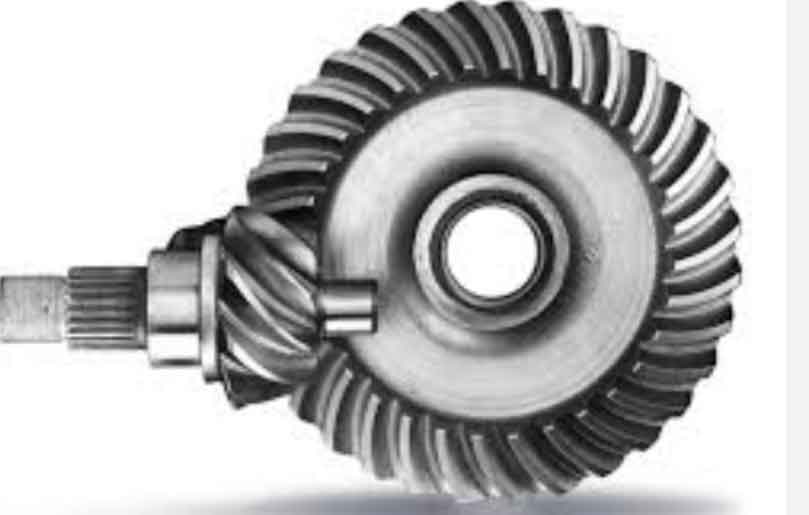
Hypoid gears play a significant role in contributing to sustainable energy systems by enabling efficient power transmission and improving the performance of various renewable energy technologies. Their unique design and characteristics make them well-suited for applications in sustainable energy systems. Here’s how hypoid gears contribute to sustainable energy:
1. Wind Turbines:
- Hypoid gears are used in wind turbines to transfer power from the low-speed shaft of the turbine to the high-speed generator. Wind turbines harness wind energy and convert it into electricity, contributing to renewable energy generation and reducing reliance on fossil fuels.
2. Hydropower Systems:
- Hypoid gears are utilized in hydropower systems, where they help transfer mechanical energy from water turbines to electrical generators. Hydropower is a clean and renewable energy source that utilizes the kinetic energy of flowing or falling water to generate electricity.
3. Solar Tracking Systems:
- Solar tracking systems use hypoid gears to enable precise movement of solar panels or mirrors, maximizing their exposure to the sun’s rays throughout the day. This improves the efficiency of solar energy collection, enhancing the overall performance of solar power systems.
4. Tidal and Wave Energy Converters:
- Hypoid gears are employed in tidal and wave energy converters, which capture the energy of ocean tides and waves to generate electricity. These renewable energy technologies contribute to a more sustainable and environmentally friendly energy mix.
5. Geothermal Power Plants:
- In geothermal power plants, hypoid gears are used to transfer rotational motion and torque from the geothermal steam turbines to electrical generators. Geothermal energy harnesses the Earth’s heat to produce electricity, offering a sustainable and continuous energy source.
6. Energy Storage Systems:
- Hypoid gears are utilized in energy storage systems, such as flywheel energy storage, where they enable efficient power transmission and rotational motion. Energy storage systems play a crucial role in balancing energy supply and demand, improving grid stability, and integrating intermittent renewable energy sources.
7. Efficiency and Energy Savings:
- Hypoid gears’ efficiency and reduced power loss during gear transmission contribute to energy savings in various renewable energy systems. By minimizing energy wastage, these gears enhance the overall efficiency and sustainability of the energy generation process.
Hypoid gears’ presence in sustainable energy systems improves the performance and efficiency of various renewable energy technologies. By enabling precise motion control, efficient power transmission, and reduced energy wastage, hypoid gears play a vital role in supporting the transition towards a more sustainable and environmentally friendly energy future.
